Vacheron Constantin follows up on the 2nd chapter of the new Métiers d’Art Les Univers Infinis creation, first presented in 2012 at the Salon International de la Haute Horlogerie in Geneva.
The collection is inspired by the work of Dutch artist Cornelis Escher in a glowing tribute to the graphic art of tessellation, and vividly symbolizes the creativity of the master craftsmen whose skills are so greatly valued by the Manufacture.
Representing a symbiosis of several crafts, the new Métiers d’Art Les Univers Infinis trilogy uses the technique of periodic paving to create a strikingly hypnotic effect.
Another skill highlighted by Vacheron Constantin, gold and mother-of-pearl marquetry, is associated with those of engraving, enamelling, gemsetting and guilloché work to create trompe l’oeil dials featuring infinitely entwined elements of geometry, movement and symbolism.
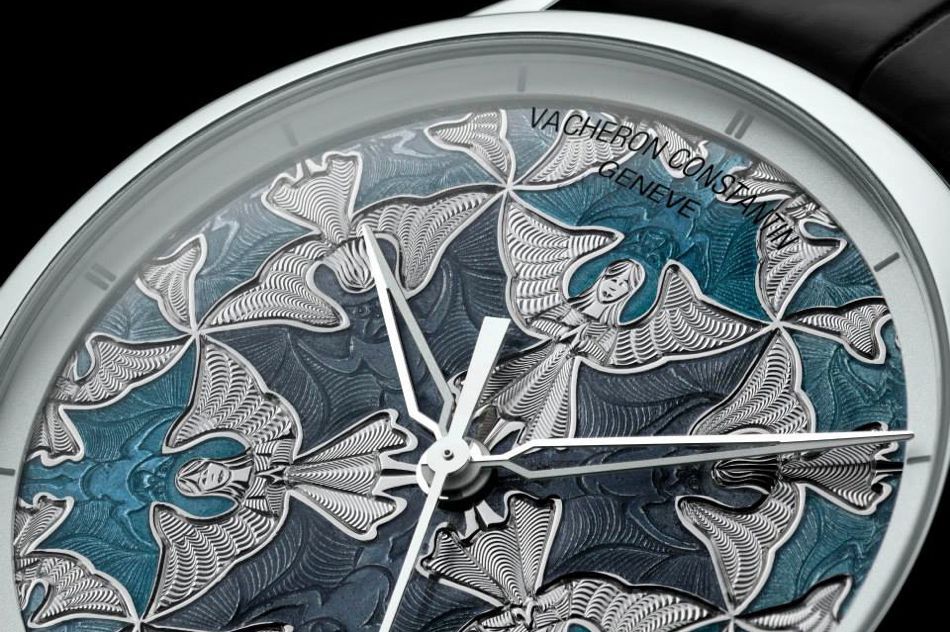
The space on the dials is filled with perfectly interlocking repetitive motifs, thereby creating a world of optimal illusion and perspective, beautifully framed by a white gold case. The slender bezel ensures a maximum dial opening, while the elegant hands are hollowed so as to provide full expressive scope for the art of tessellation.
The Hallmark of Geneva certified watches are driven by Calibre 2460, a mechanical self-winding movement entirely developed and crafted by Vacheron Constantin. In addition to its reliability, it bears manual finishes performed in keeping with the finest fine watchmaking traditions. The polished angles, hand-drawn flanks, circular-grained mainplate, bridges adorned with a Côtes de Genève motif and the gold oscillating weight featuring the elegant crossweave guilloché pattern, are all clearly visible through the sapphire crystal case-back.
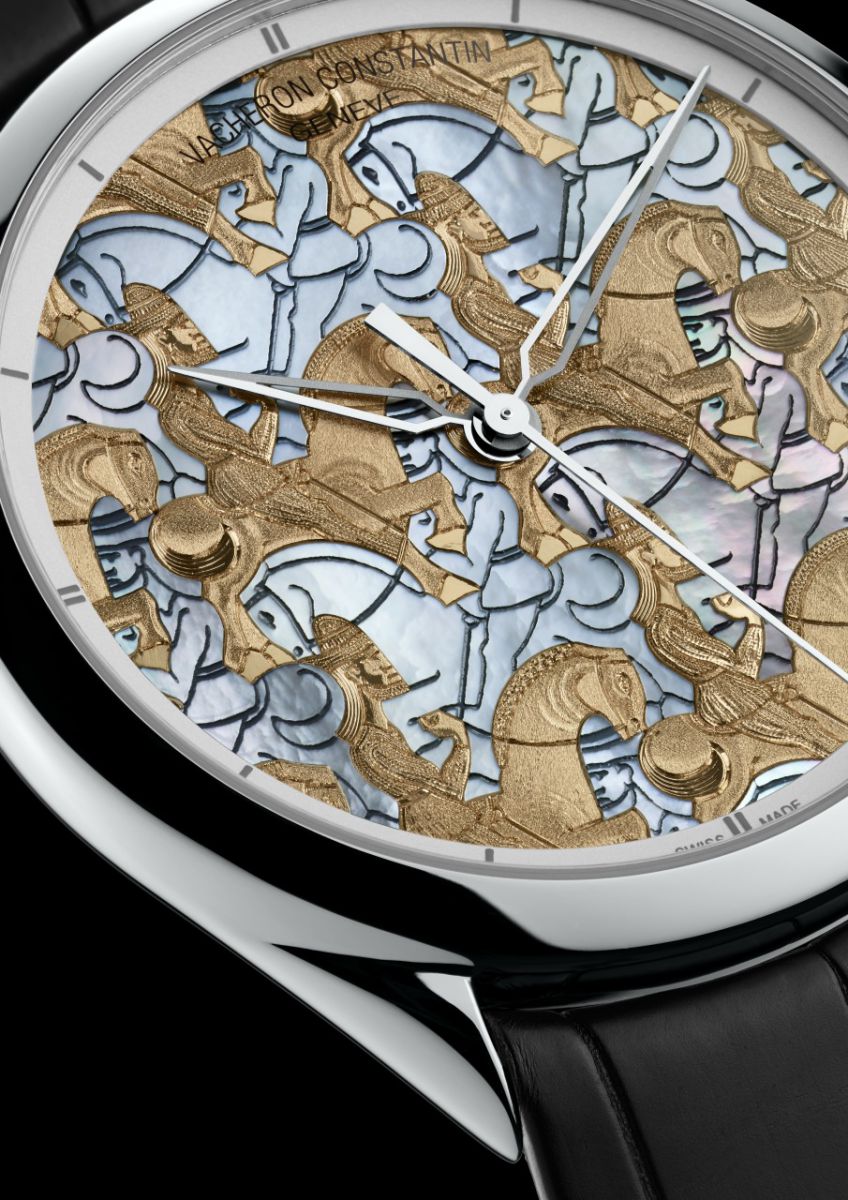
The Art of Tessellation as an Infinite Vision of Space
Born in the mists of time and named after the Latin word tessela, meaning paving stone or tile, the art of tessellation – or paving – spans many civilisations and cultures. It consists of small interlocking squares forming a motif that occupies the entire space of a picture without leaving any gaps, tessellations cover floors, walls and ceilings to form subtle geometrical landscapes.
This technique has also proved interesting for mathematicians, who have viewed it as an artistic expression of their science and their logic. Such scholars include Archimedes, the famous Greek scientist from the 1st century B.C., who studied geometrical paving; as well as the astronomer Johannes Kleper, who presented a certain number of polygonal tessellations in his work entitled Harmonice Mundi.
More recently, artists Bridget Riley and Victor Vasarely have drawn inspiration from this art of which Maurits Cornelis Escher is undoubtedly one of the most famous contemporary exponents.
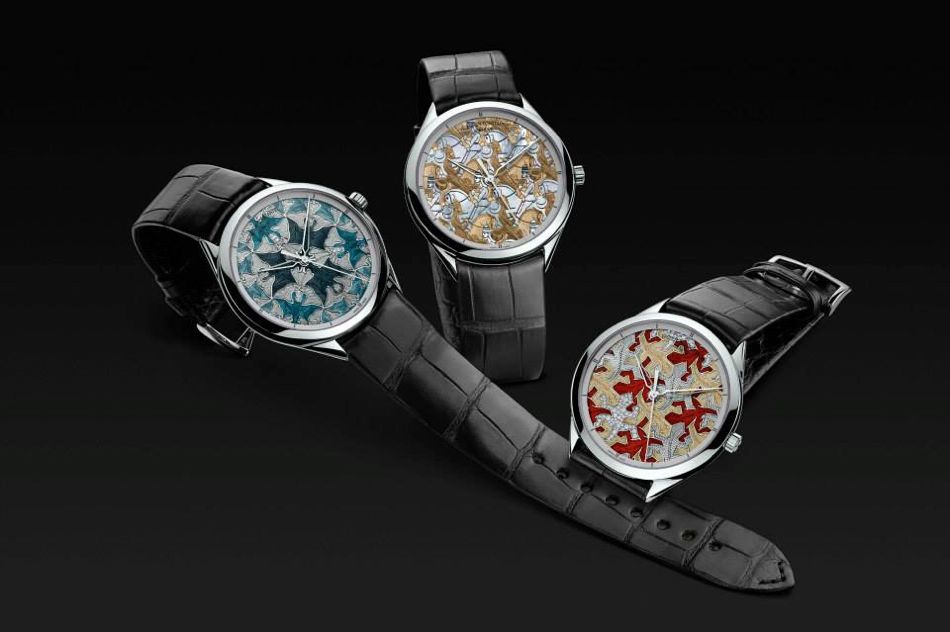
The Artistic Geometry of Maurits Cornelis Escher
Dutch graphic artist and engraver Maurits Cornelis Escher (1898-1972) based his work upon subtle plays on architecture, perspective and space. Admirably associating perfect execution and imagination, he was a past master in the art of toying with visual senses and even reason in order to invent new spatial representations and worlds that exist only on flat surfaces.
His travels to Spain instilled in him a passion for the paving technique of which he saw some remarkable examples in the Moorish tiles of the Alhambra in Grenada, and the Cordoba Mosque. Comprising a strong mathematical element, his work lies on the borderline between art and science.
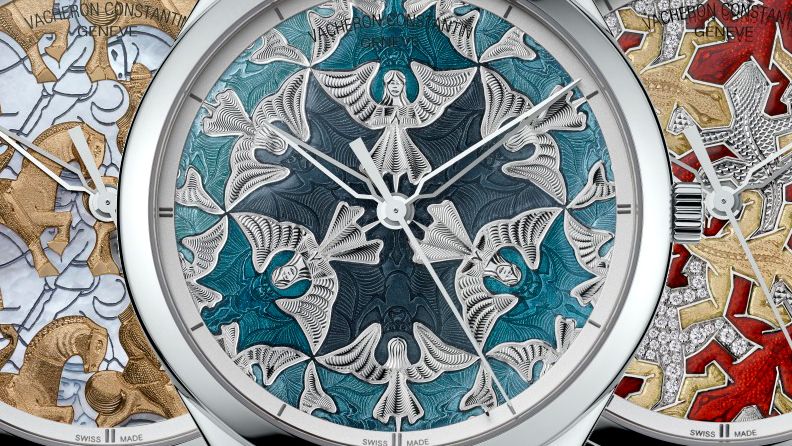
For the artist, the possibility of replacing the abstract geometrical shapes of the motifs by figurative designs became a genuine passion and an infinite source of inspiration.
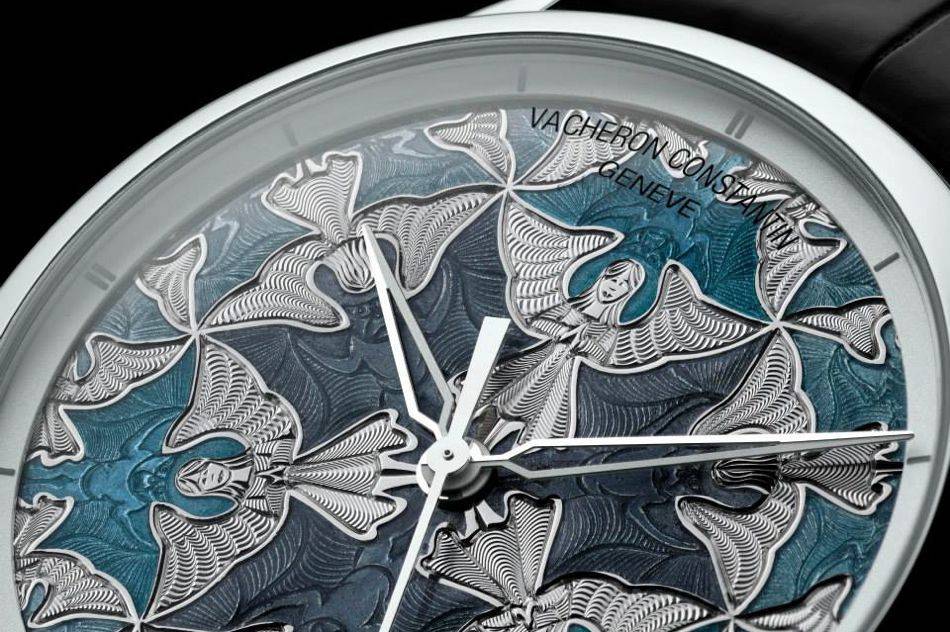
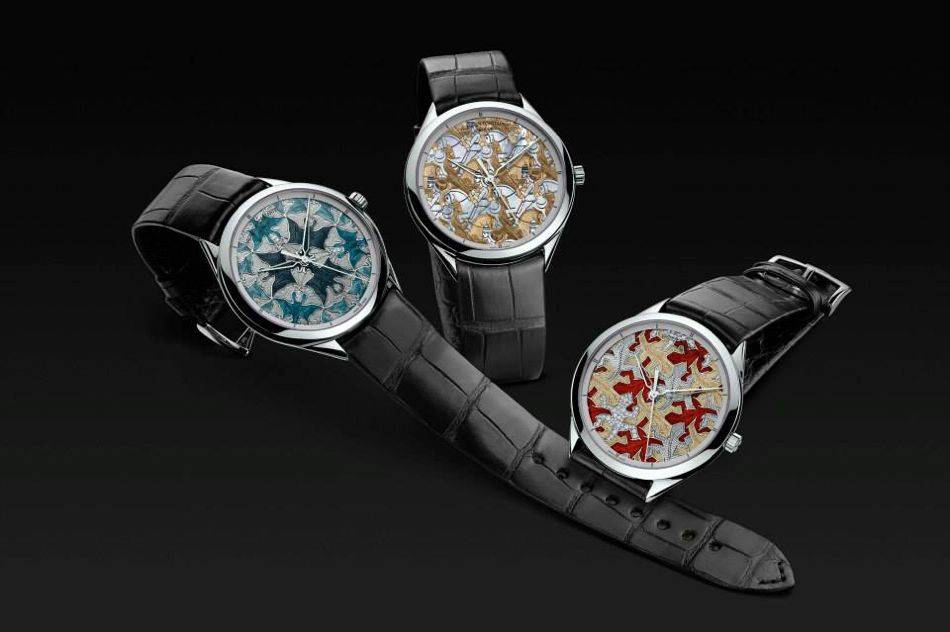


















SENATUS Member Comments